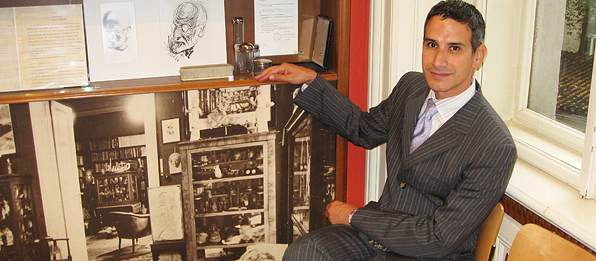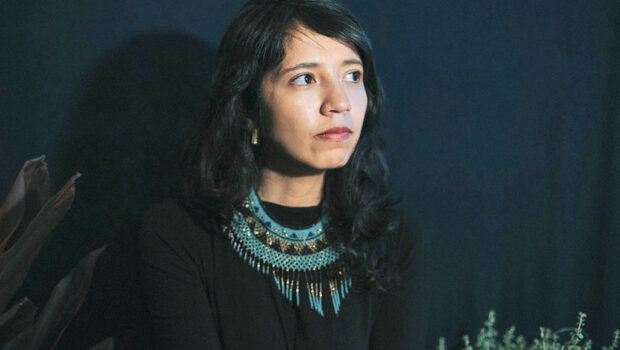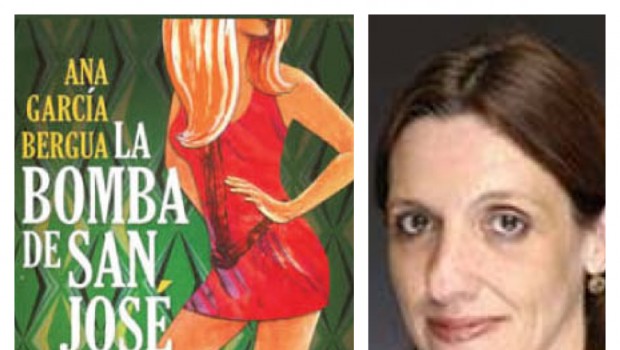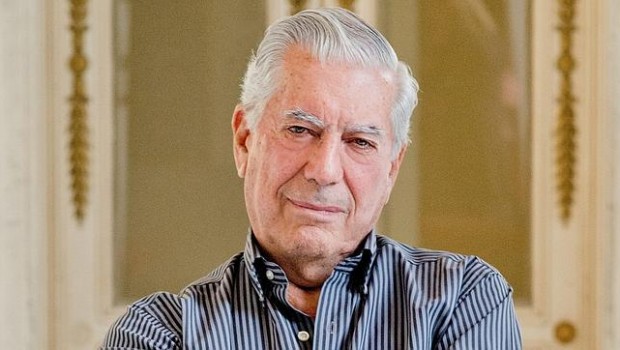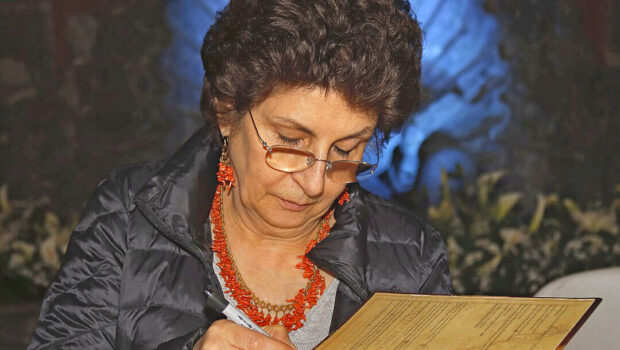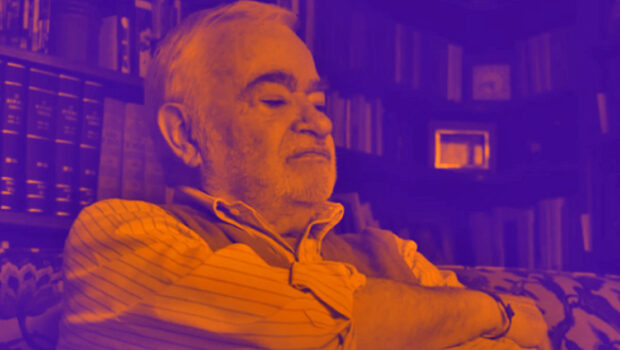An Intellectual Travelogue
Manuel Gutiérrez
 Rubén Gallo,
Rubén Gallo,
Freud’s México: Into the Wilds of Psychoanalysis,
MIT, 2011.
Rubén Gallo’s recent effort, Freud’s Mexico: Into the wilds of Psychoanalysis (MIT, 2010), is an admirably daring essay that zeros in on a curiously understudied aspect of Mexican cultural history. Charting new terrain, Gallo’s book explores the early reception of psychoanalysis by an unlikely cast of Mexican artists, writers, monks and jurists who throughout the early part of the twentieth century engaged the ideas of the Viennese thinker in unique and, at times, ‘wildly’ bizarre ways.
Gallo’s first book, Mexican Modernity (MIT, 2005), described the arrival of the typewriter, camera, radio and other modern artifacts to post-revolutionary Mexico. This dynamic portrait of “the other revolution” documented the manner in which these objects, throughout the 1920s, transformed the country. Covering roughly the same period, Freud’s Mexico offers another unorthodox history. In the first part, Gallo centers on how Salvador Novo, a bon vivant satirist, Samuel Ramos, a philosopher, Octavio Paz, a poet and the artists Frida Kahlo and Remedios Varo embraced psychoanalysis. According to Gallo, each employed Freud’s ideas “as modern conceptual tools” to offer a unique interpretation of their era. In both of his books, Gallo’s modus operandi has been to explore how Mexico received, adopted and transformed modern cultural innovations. If Gallo’s first book registered the arrival of modernity’s paraphernalia to Mexico, Freud’s Mexico chronicles Mexico’s reception of one of modernity’s cornerstone ideas.
Though Gallo effectively captures the reception of psychoanalysis by some of its better-known intellectuals, his most incisive chapters are those that demonstrate the extent to which psychoanalysis reached deep into other sectors of Mexican culture. Two key figures are central to this story: Gregorio Lemercier and Raúl Carrancá y Trujillo. The first was a Benedictine monk who introduced his fellow brothers to psychoanalytic therapy and was praised as a Freudian reformer of Catholicism. However, his experimentation with psychoanalysis eventually cost him his frock. Equally enthralling is the story of Carrancá y Trujillo, the judge who stood trial in the case of Ramón Mercader–Leon Trotsky’s assassin. Surprisingly, Carrancá y Trujillo commissioned an extensive psychoanalytic study of the murderer and forced Mercader to undergo therapy. These remarkable case studies point to the importance of psychoanalysis in the history of Mexico’s religious and judicial institutions making Freud’s Mexico a valuable contribution to Mexican cultural studies.
In the second half of Freud’s Mexico, Gallo examines Sigmund Freud’s own personal ideas about the country and constructs a unique portrait of the father of psychoanalysis. According to Gallo, Freud spoke Spanish, corresponded with Mexican disciples, owned Mexican antiquities, read Mexican history and had dreams about Mexico’s past. In his exploration of this Freud, Gallo masterfully unravels the hidden meaning of seemingly unimportant events and marginalia. For example, Gallo links two pre-Columbian statues owned by Freud to Freud’s writings on human sacrifice and he argues that these small artifacts shaped some of Freud’s ideas about Mexico. In another section, Gallo turns the tables on the inventor of the “speaking cure,” and submits Freud’s dreams and letters to post-mortem psychoanalysis. Gallo concludes this section with a heterodox and titillating interpretation of Freud’s own unconscious and sexuality. Though Gallo’s ‘construction’ at times might seem implausible, his ability to draw attention to Mexico’s importance in Freud’s affective and intellectual universe is commendable.
Freud’s Mexico is neither interested in the professional institutions of psychoanalysis, nor does it offer a comprehensive history of psychoanalysis in Mexico. It is closer to the tradition of the literary essay than to the academic treatise. Thus, its impulse is more exploratory than exhaustive and more akin to an intellectual travelogue winding through the unexpected worlds of psychoanalysis. Gallo’s writerly skills allow him to weave readings of canonical texts, paintings, marginal notes, and even Freud’s Interpretation of Dreams into suggestive passages that bring to life the very excitement with which Mexico’s intellectuals received Freud’s gospel.
Posted: May 9, 2012 at 6:15 pm


